-
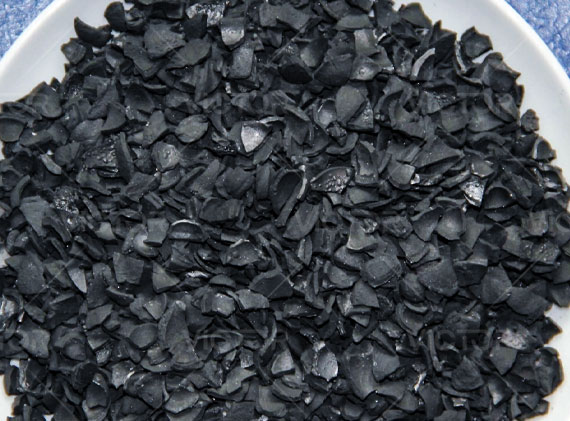 Posted: 2025-03-25
Posted: 2025-03-25
Charcoal production usually includes: drying, charring and cooling. The charring temperature will be different in each production stage. In the process of mechanism charcoal production, carbonisation furnace is an important equipment. Carbonising furnace is a kind of equipment that converts organic materials into carbonaceous products.
-
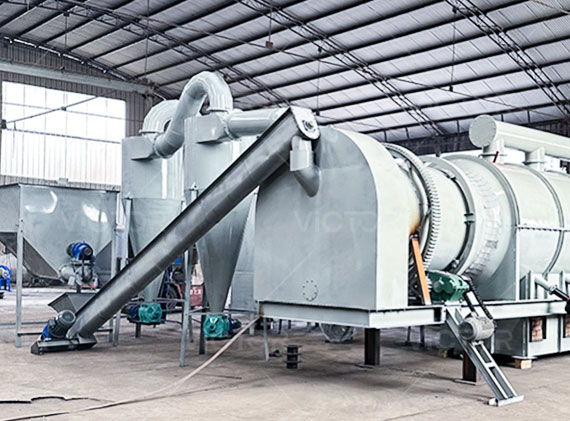 Posted: 2025-03-24
Posted: 2025-03-24
Mechanism carbon production line is suitable for: sawdust, bamboo chips, rice husk, coconut shell, wood chips, straw, fruit shell and other granular materials carbonisation. The larger materials need to be crushed into particles below 30mm. The charcoal carbonisation furnace in the mechanism carbon production…
-
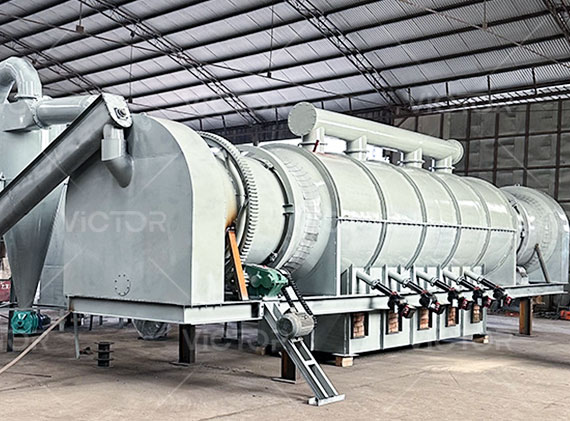 Posted: 2025-03-23
Posted: 2025-03-23
At a time of global ecological challenges. The green transformation of domestic waste treatment becomes crucial and urgent. Therefore the waste pyrolysis furnace came into being. It becomes an important equipment to realise a low-carbon economy. Not only can it effectively treat household waste. It can also convert waste into renewable energy.
-
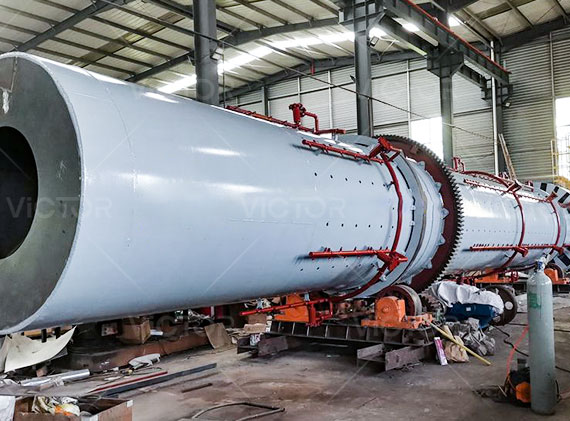 Posted: 2025-03-20
Posted: 2025-03-20
Coconut shell activated carbon is often used as an adsorbent. It is widely used in: sewage treatment, air purification, chemical industry, metallurgy, food processing, medicine and other industries. However, its production process is complicated and each step is crucial. We will introduce the production process of coconut shell activated carbon.
-
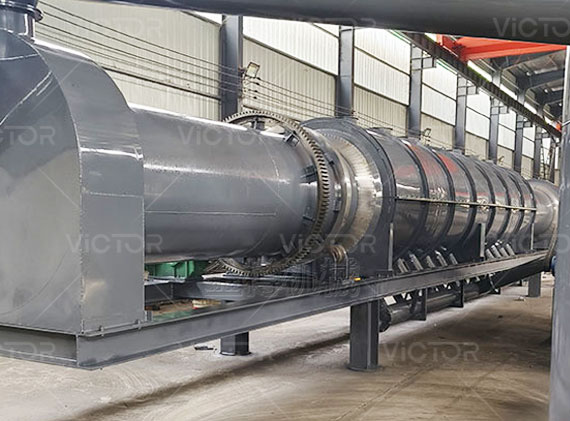 Posted: 2025-03-19
Posted: 2025-03-19
As the global environmental problems are becoming more and more serious. People often use to look for fuels that can replace traditional energy sources. In this environmental era. Charcoal charring furnace has been invented through continuous research. It has injected new vigour to achieve sustainable energy development.
-
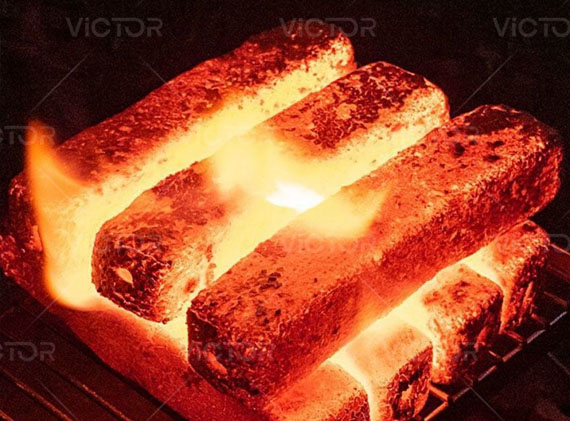 Posted: 2025-03-17
Posted: 2025-03-17
After an in-depth discussion of the construction principle and process of the wood carbonisation furnace. It plays an important role in modern environmental protection and sustainability. With the growing global demand for green energy.
-
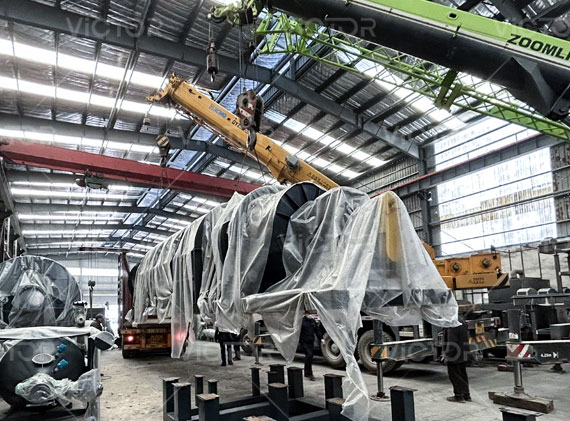 Posted: 2025-03-16
Posted: 2025-03-16
Continuous Carbonisation Furnace is an equipment for carbonisation in a separate kiln. It adopts dry charring technology. It can make wood materials such as wood chips, rice husk, straw, waste wood, coconut shell, tree branches, fruit wood and so on. Under the condition of high temperature and poor oxygen.
-
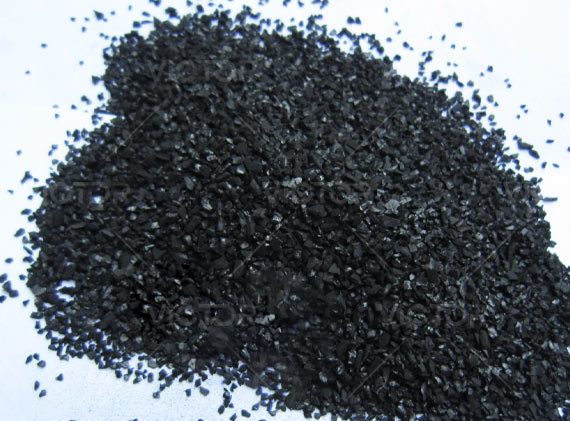 Posted: 2025-03-15
Posted: 2025-03-15
In today’s world, people are placing more and more emphasis on health and quality of life. Indoor air purification is an important need for homes and offices. Coconut shell activated carbon is a product often used in our life. It is a very used adsorbent and catalyst carrier.
-
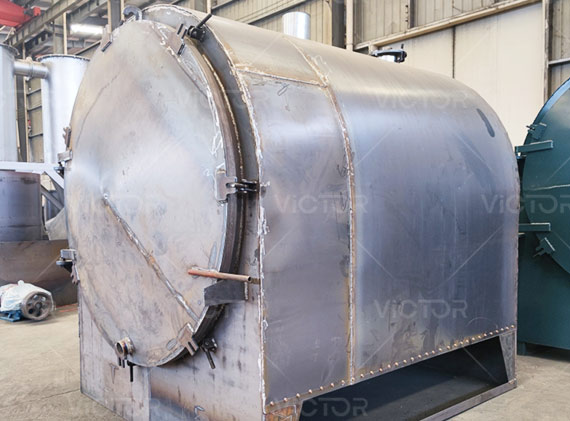 Posted: 2025-03-12
Posted: 2025-03-12
In charcoal carbonisation, a horizontal carbonisation furnace is used. It is similar to the traditional earth kiln. However, it has a high charcoal production rate and is less affected by the level of manual charcoal production. The carbonisation furnace has high production efficiency and can produce one furnace of charcoal a day on average.
-
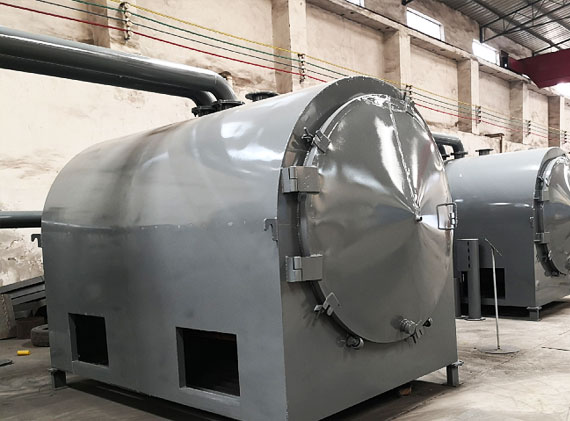 Posted: 2025-03-10
Posted: 2025-03-10
When many customers enquire about horizontal carbonising furnace, they always ask for its carbonising furnace price first. There are many kinds of them. The specifications and models are also very different. Today we will introduce it in detail for you.
-
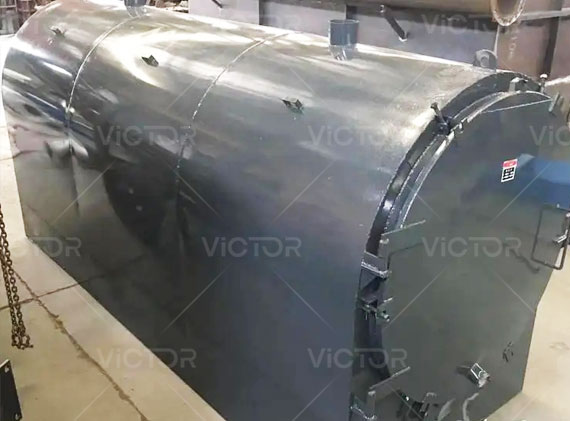 Posted: 2025-03-09
Posted: 2025-03-09
Many friends have heard of horizontal carbonisation furnace. But don’t know its specific working principle and using effect. So, is horizontal carbonisation furnace really good? Today we will introduce it in detail for you.
-
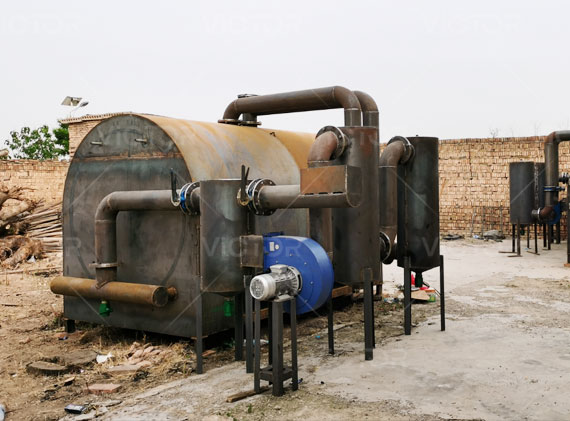 Posted: 2025-03-07
Posted: 2025-03-07
Charcoal carbonisation is the process of converting wood, waste and other materials containing organic matter. It is converted into charcoal through high heat treatment. Charcoal carbonisation is the full use of agricultural waste and other resources.
-
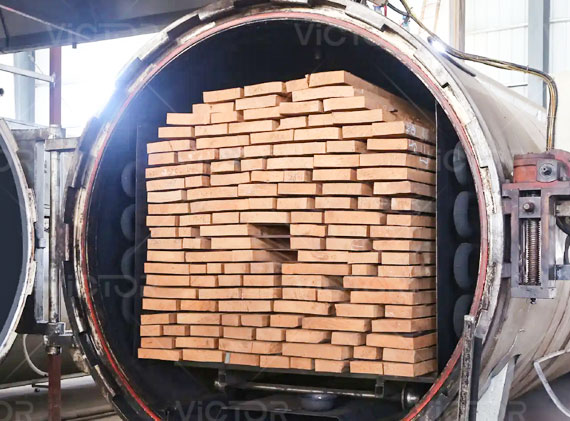 Posted: 2025-03-06
Posted: 2025-03-06
Charcoal carbonisation is the process of taking organic-rich materials such as wood. It is converted into charcoal through a high temperature pyrolysis process. Moisture and volatile components can be removed. Solid carbon with high calorific value, low ash content, porous, hard and strong adsorption can be obtained.
-
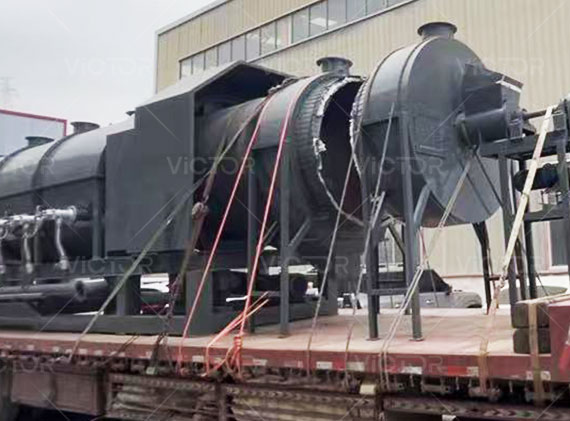 Posted: 2025-03-05
Posted: 2025-03-05
Biomass charcoal is an important energy source. It is widely used. Biomass is converted into biomass carbon through the carbonisation process of biomass carbonisation furnace. Thus, it can achieve resource recycling and reuse.
-
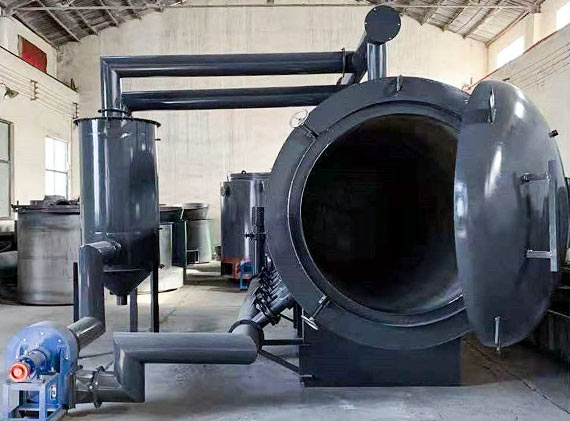 Posted: 2025-03-02
Posted: 2025-03-02
Horizontal Carbonisation Furnace Can carbonise all kinds of log materials. For example: logs, fruit wood, coconut shells, fruit shells, etc. and other raw materials with irregular shape and large volume. Use the raw material itself to produce wood gas heating. Through the heat with after, in the whole carbonisation process does not need to add any heat source.
-
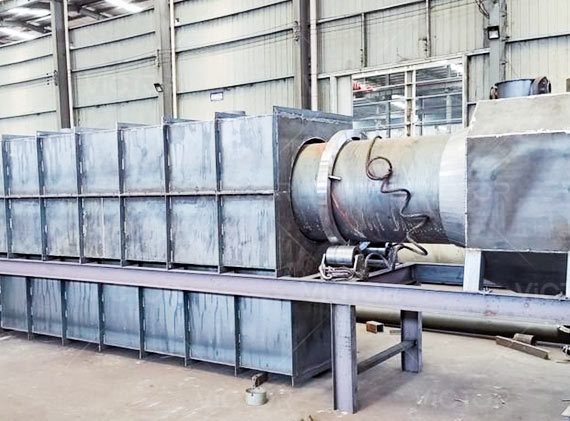 Posted: 2025-03-02
Posted: 2025-03-02
Early burning and discarding of agricultural waste. Not only does it result in a waste of valuable fibre resources. But also cause serious pollution to the environment. Through the anthracite coal carbonisation furnace carbonisation and production. These wastes can be turned into treasure. So as to achieve the maximum use of resources.
-
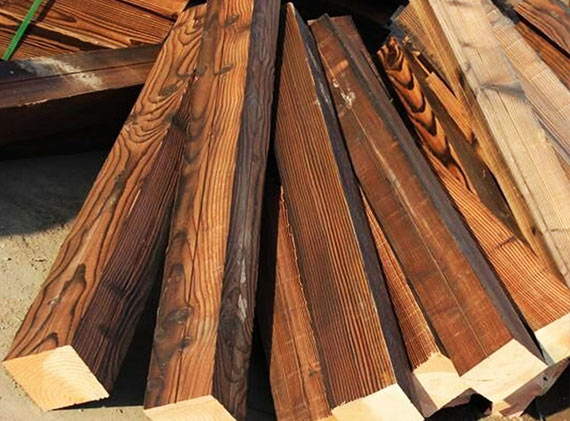 Posted: 2025-02-25
Posted: 2025-02-25
Wood carbonisation, refers to the decomposition of raw wood at high temperatures into: carbon and gases. It is a common pyrolysis process. Wood is converted to carbon at specific temperatures. The temperature at which wood is carbonised varies with the type of wood, humidity, heating rate and other factors.
-
 Posted: 2025-02-24
Posted: 2025-02-24
Charcoal is treated at high temperatures to form a special material: carbonised wood. The physical and chemical properties of the wood are changed. Quality and hardness are gained The wood is placed in a wood carbonisation oven and heated to a high charring temperature. The moisture and organic matter in the wood are made to pyrolyse.
-
 Posted: 2025-02-20
Posted: 2025-02-20
Wood decomposes at high temperatures into three substances: solid carbon, liquid and gaseous. This is often called: pyrolysis of wood. On the pyrolysis of its wood pyrolysis temperature plays a crucial role. Pyrolysis temperature is the key point of wood heating decomposition.
-
 Posted: 2025-02-19
Posted: 2025-02-19
Biomass charcoal as an important energy source. It is widely used in various industrial fields. So choosing the right carbonisation furnace is crucial for producing high quality biomass charcoal. So what are the three types of carbonisation furnace?
 Double Shaft Shredder Machine
Double Shaft Shredder Machine
 Single Shaft Shredder Machine
Single Shaft Shredder Machine
 Four Shaft Shredder Machine
Four Shaft Shredder Machine
 Tyre Shredder Machine
Tyre Shredder Machine
 Metal Shredder Machine
Metal Shredder Machine
 Wood Shredder Machine
Wood Shredder Machine
 Plastic Shredder Machine
Plastic Shredder Machine
 Horizontal Carbonisation Furnace
Horizontal Carbonisation Furnace
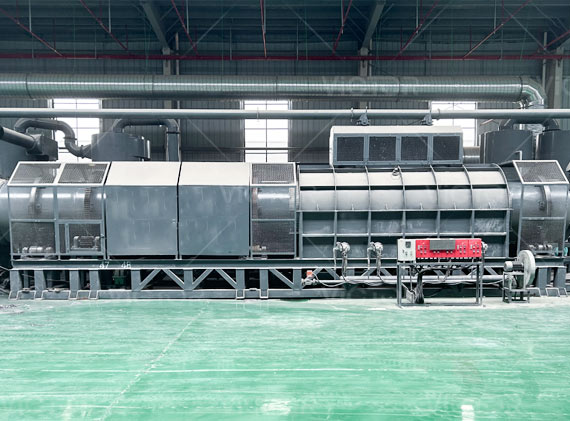 Wood Charcoal Carbonisation Furnace
Wood Charcoal Carbonisation Furnace
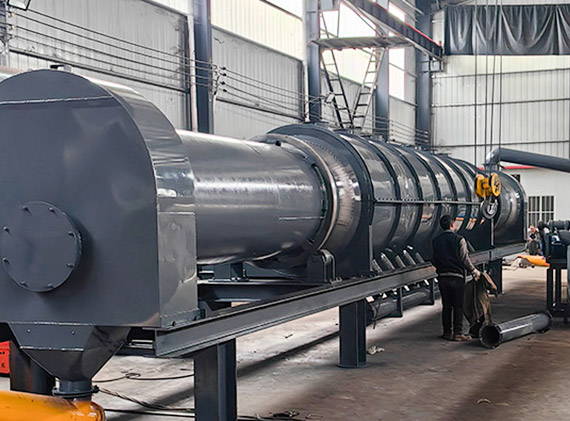 Waste Carbonisation Furnace
Waste Carbonisation Furnace
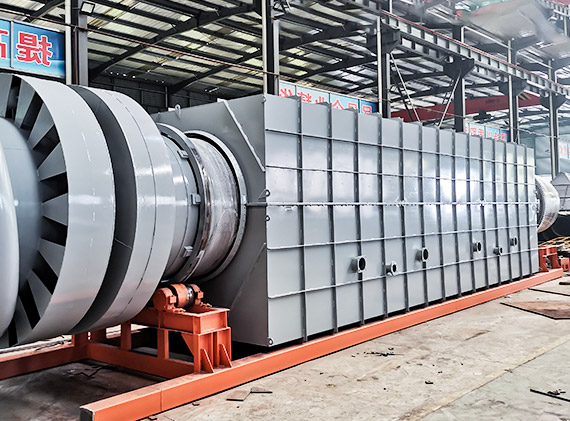 Sludge Continuous Carbonisation Furnace
Sludge Continuous Carbonisation Furnace
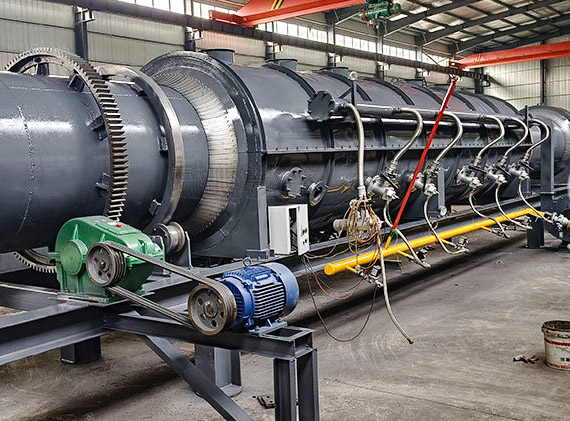 Biomass Carbonisation Furnace
Biomass Carbonisation Furnace
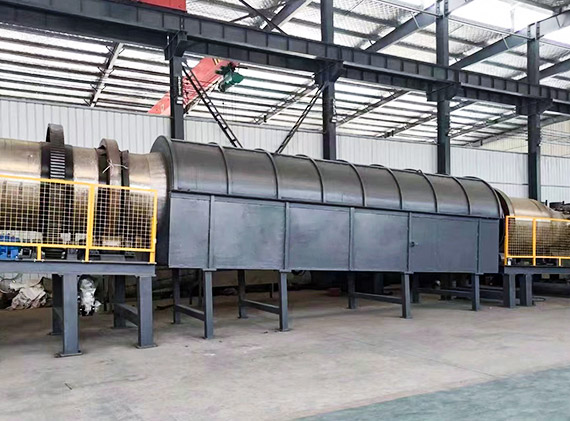 Coconut Shell Carbonisation Furnace
Coconut Shell Carbonisation Furnace
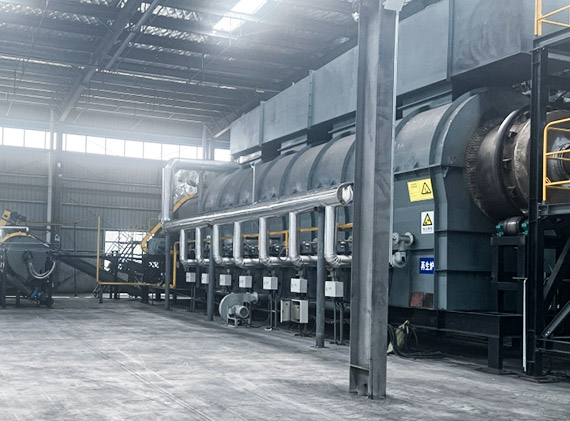 Continuous Carbonisation Furnace
Continuous Carbonisation Furnace


 Jaw Crusher
Jaw Crusher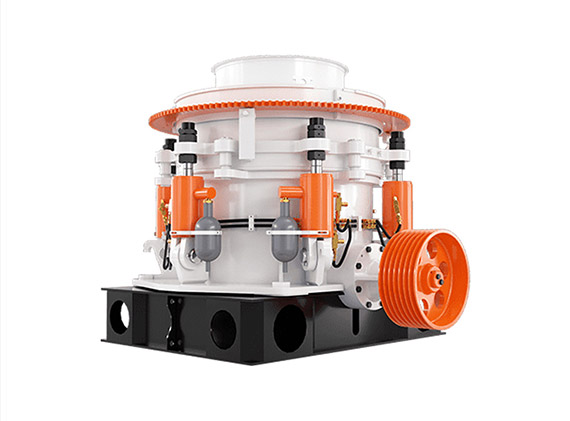 Cone Crusher
Cone Crusher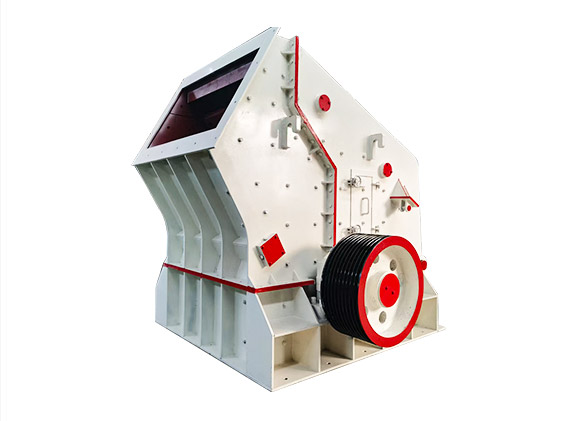 Impact Crusher
Impact Crusher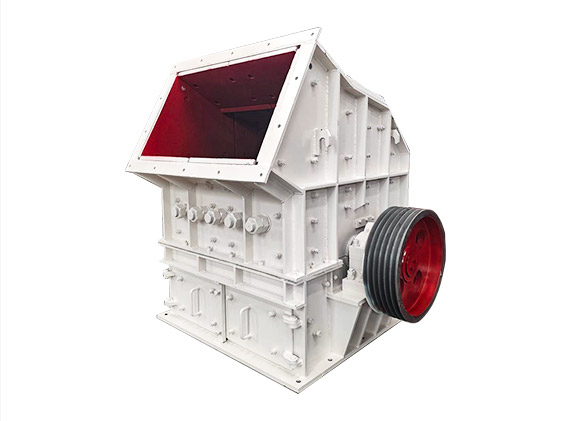 Hammer Crusher
Hammer Crusher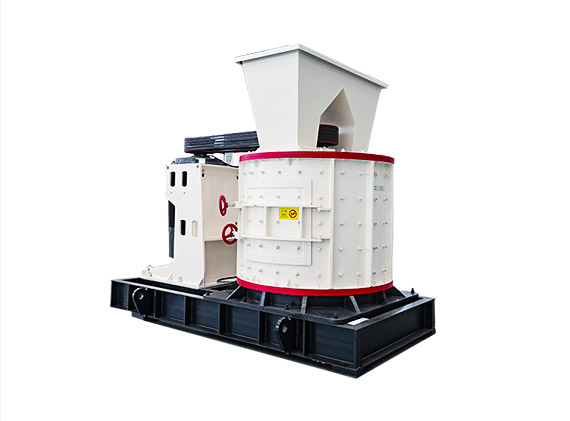 Impact Mill Crusher
Impact Mill Crusher Roll Crusher
Roll Crusher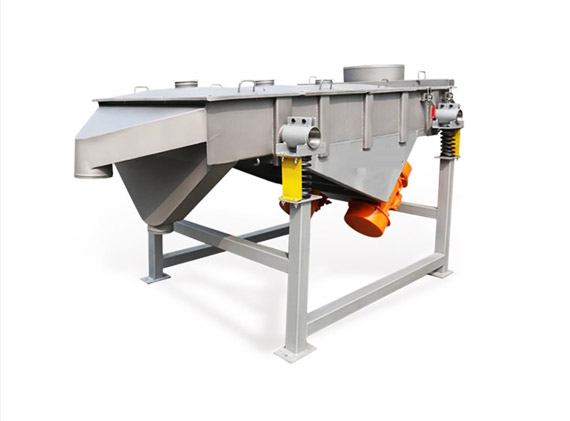 Linear Vibrating Screen Machine
Linear Vibrating Screen Machine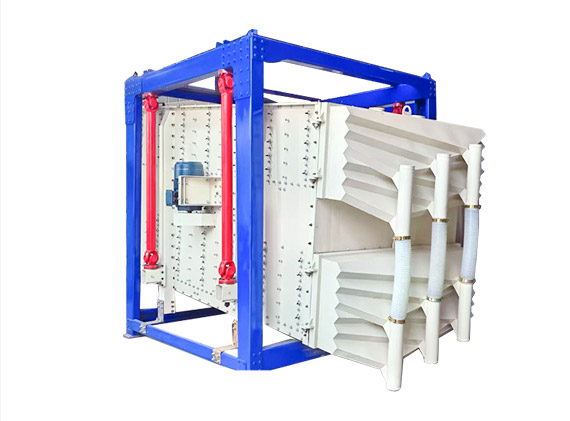 Swing Screen Machine
Swing Screen Machine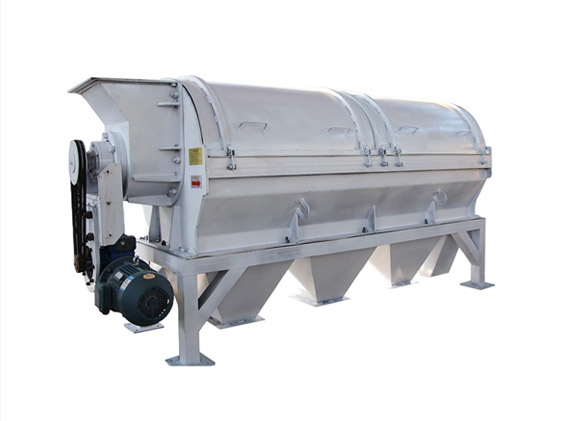 Tumbler Screen Machine
Tumbler Screen Machine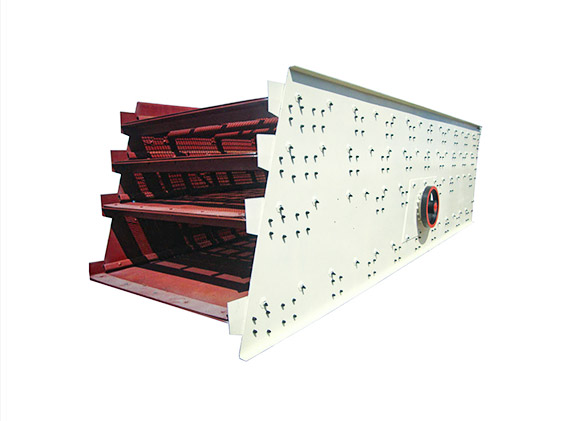 Circular Vibrating Screen
Circular Vibrating Screen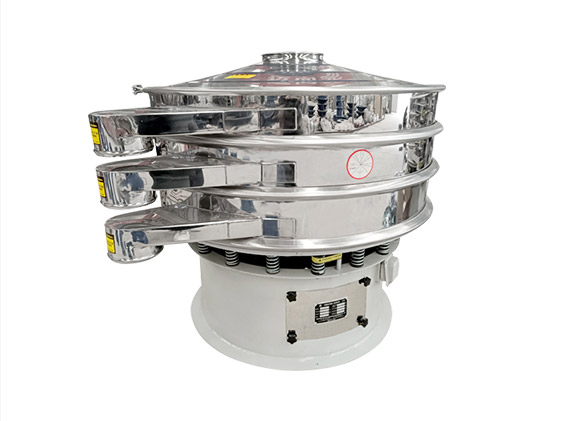 Cylindrical Rotary Vibrating Screen
Cylindrical Rotary Vibrating Screen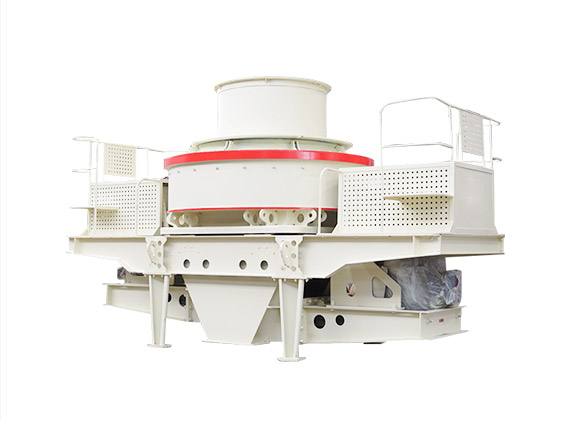 Sand Making Machine
Sand Making Machine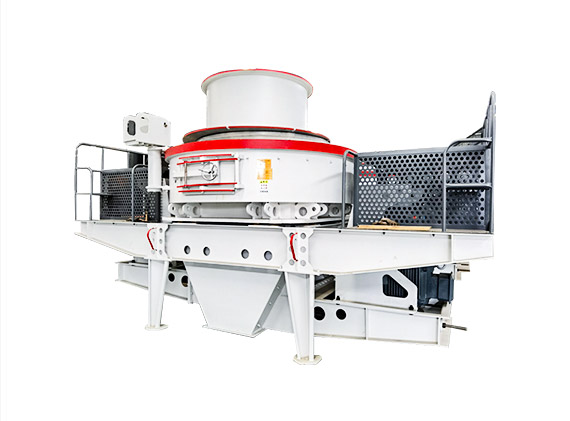 VSI Sand Making Machine
VSI Sand Making Machine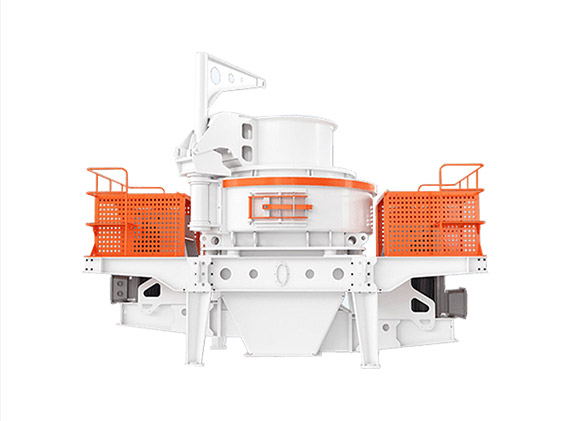 Impact Sand Making Machine
Impact Sand Making Machine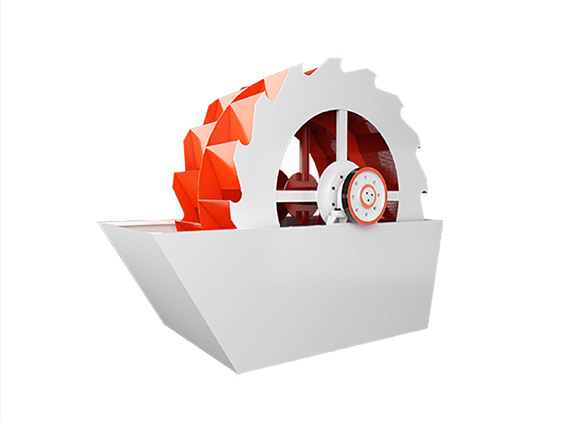 Sand Washing Machine
Sand Washing Machine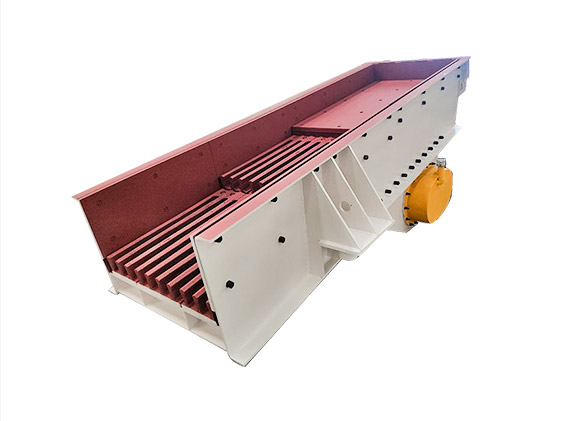 Vibrating Feeder
Vibrating Feeder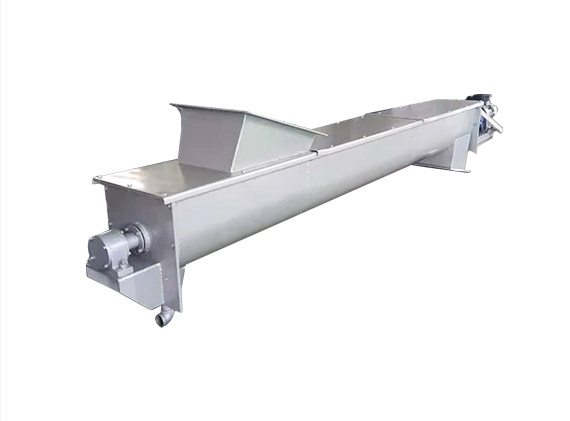 U-Shape Screw Reamer
U-Shape Screw Reamer Belt Conveyor
Belt Conveyor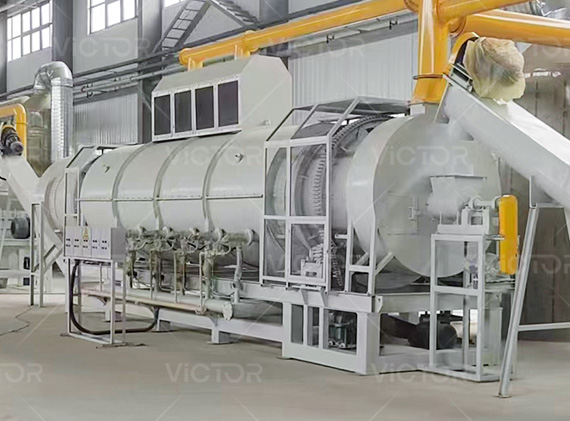 Biomass Pyrolysis Furnace
Biomass Pyrolysis Furnace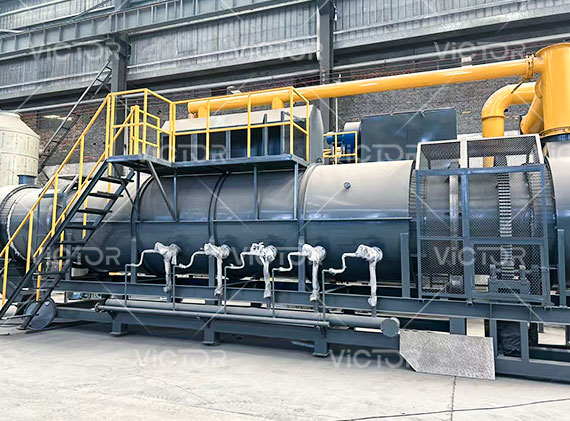 Lithium Battery Recycling Pyrolysis Furnace
Lithium Battery Recycling Pyrolysis Furnace Solar PV Panel Recycling Pyrolysis Furnace
Solar PV Panel Recycling Pyrolysis Furnace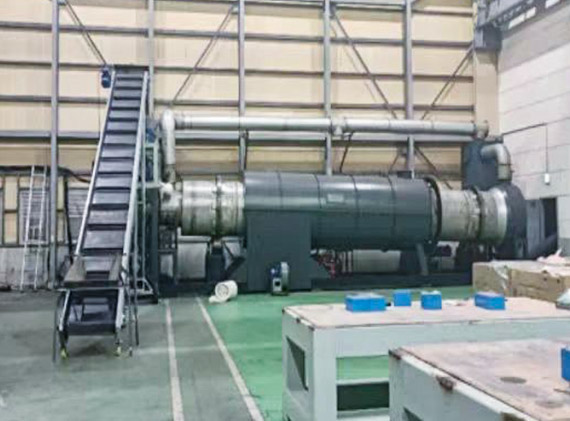 PCB Recycling Pyrolysis Furnace
PCB Recycling Pyrolysis Furnace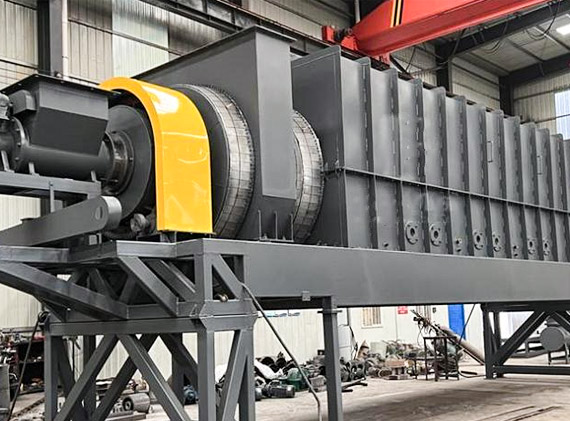 Carbonization Paint Removing Furnace
Carbonization Paint Removing Furnace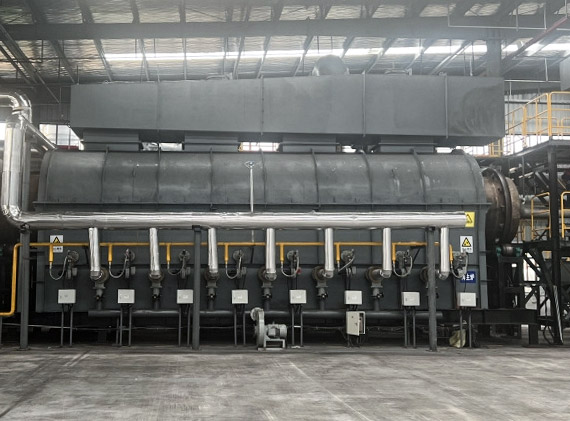 Capacitor Continuity Pyrolysis Furnace
Capacitor Continuity Pyrolysis Furnace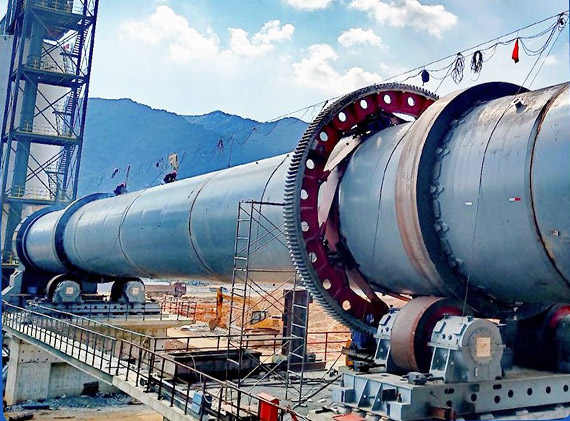 Rotary Kiln
Rotary Kiln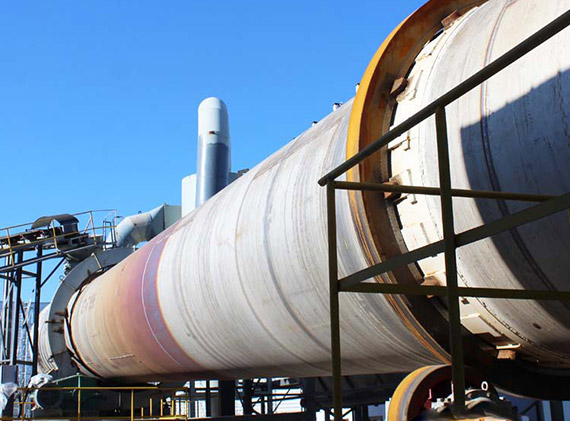 Waste Incineration Rotary Kiln
Waste Incineration Rotary Kiln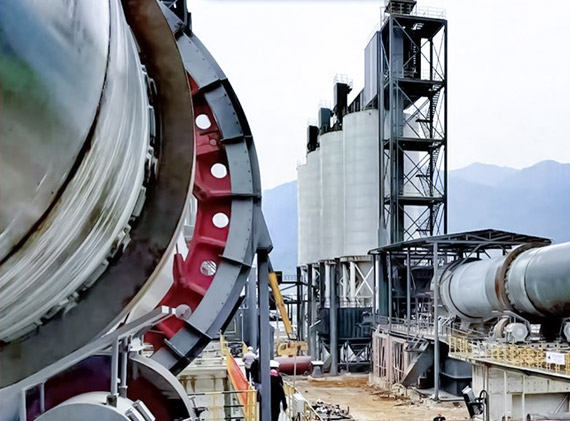 Metallurgical Rotary Kiln
Metallurgical Rotary Kiln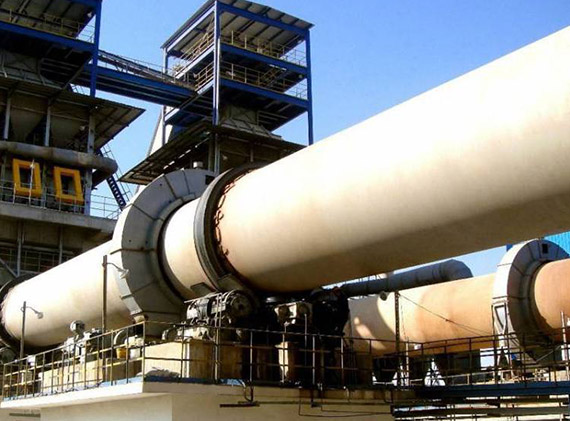 Cement Lime Rotary Kiln
Cement Lime Rotary Kiln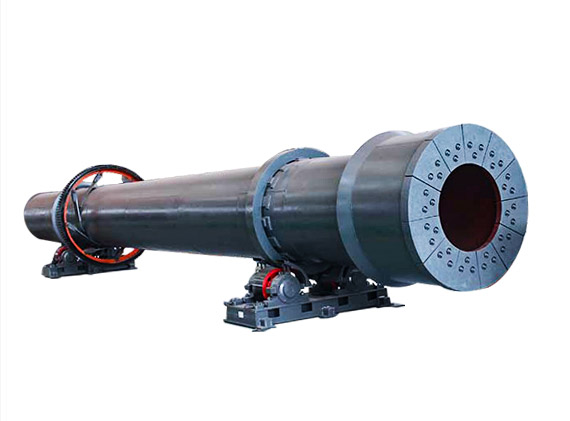 Rotary Drum Dryer Furnace
Rotary Drum Dryer Furnace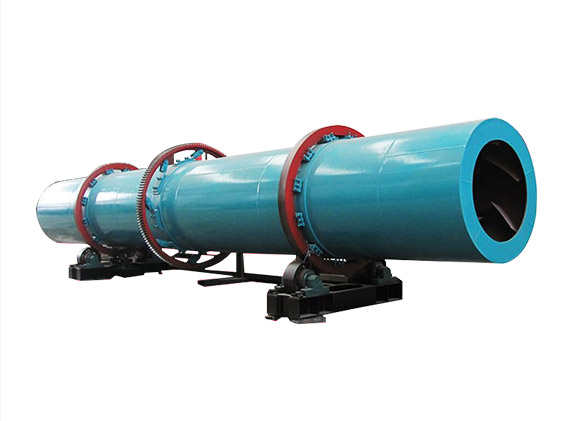 Drum Drying Dryer Furnace
Drum Drying Dryer Furnace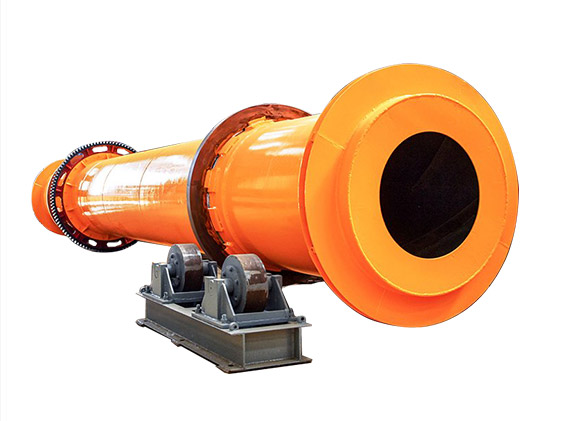 Industrial Dryer Furnace
Industrial Dryer Furnace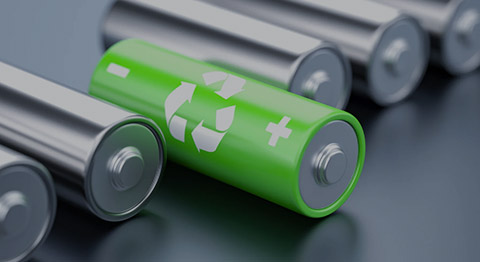 Lithium Battery Recycling Plant
Lithium Battery Recycling Plant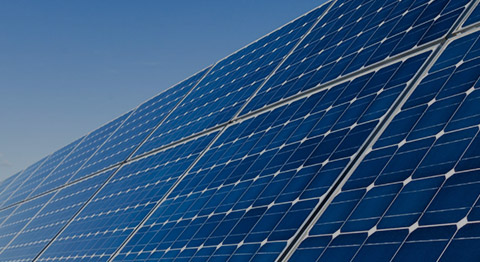 Solar Photovoltaic Panel Recycling Plant
Solar Photovoltaic Panel Recycling Plant PCB Circuit Board Recycling Plant
PCB Circuit Board Recycling Plant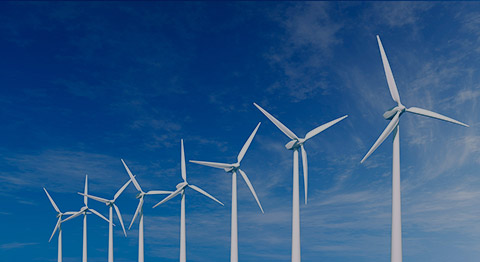 E Waste Recycling Plant
E Waste Recycling Plant Blog
Blog Company Blog
Company Blog Knowledge
Knowledge FAQ
FAQ



















